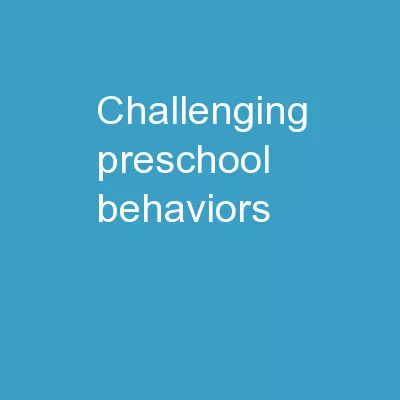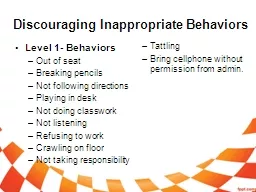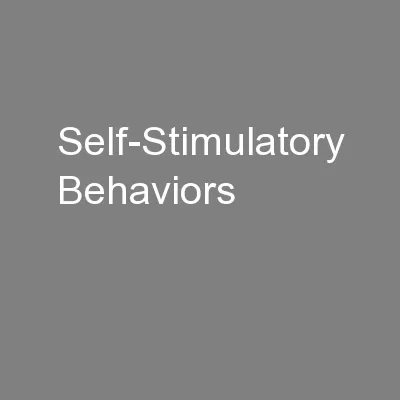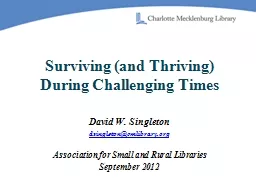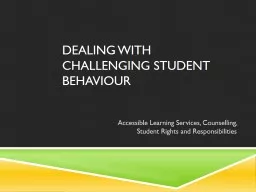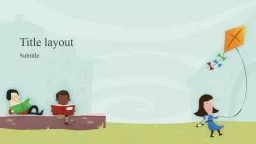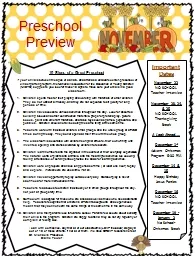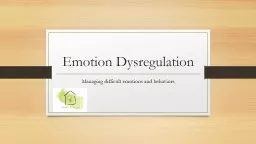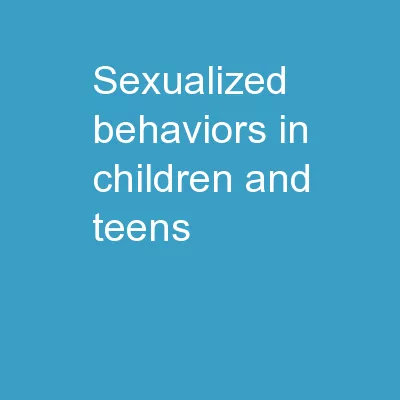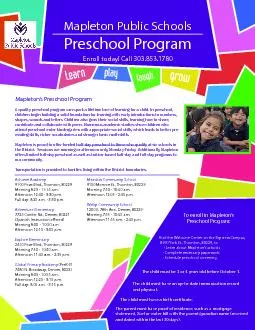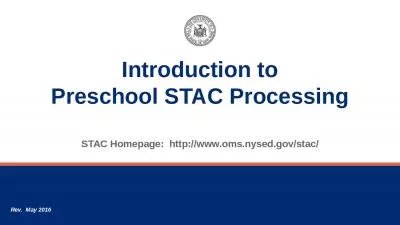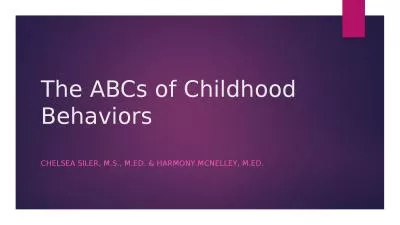PPT-Challenging Preschool Behaviors
Author : liane-varnes | Published Date : 2019-02-02
Terre Graham PhD CCCSLP October 4 2018 KSHA Objectives The learner will be able to describe challenging behaviors that may occur in a classroom or therapy session
Presentation Embed Code
Download Presentation
Download Presentation The PPT/PDF document "Challenging Preschool Behaviors" is the property of its rightful owner. Permission is granted to download and print the materials on this website for personal, non-commercial use only, and to display it on your personal computer provided you do not modify the materials and that you retain all copyright notices contained in the materials. By downloading content from our website, you accept the terms of this agreement.
Challenging Preschool Behaviors: Transcript
Download Rules Of Document
"Challenging Preschool Behaviors"The content belongs to its owner. You may download and print it for personal use, without modification, and keep all copyright notices. By downloading, you agree to these terms.
Related Documents

